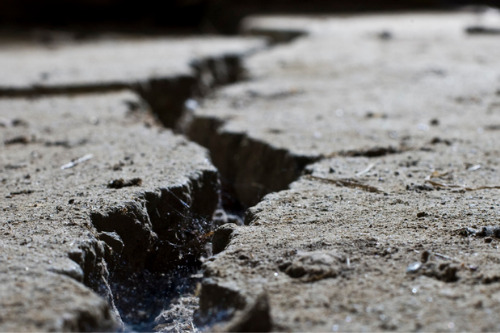

The Earthquake Commission (EQC) has revealed the direction it will take in terms of research funding for the next two years in its latest Research Priorities Investment Statement (RIPS).
According to EQC, it has around $20 million in funds for research annually, and around $14 million of that is spent on GeoNet, New Zealand’s geological hazard monitoring system.
The balance of around $6 million is allocated to specific science and data projects, partnerships and awards.
“Deciding which of the many possible projects to fund is never easy,” said EQC research manager Dr Natalie Balfour. “New Zealand has world leading researchers in natural hazards and resilience, and we get many excellent applications for our limited funds.”
The RIPS, published on EQC’s website, identified the following areas of interest that will serve as a guide its investment strategy:
Additionally, EQC identified three lenses which it encourages researchers to apply to their projects – Mātauranga Māori, climate change and social science.
The RIPS contains a framework detailing how it will use the NZ$6 million of its funding allocated to various projects. Among the top recipients are loss modelling ($2.5 million), university-based research and teaching programmes ($1.2 million), science-to-practice grants including local government projects ($600,000) and biennial grants ($500,000).
“We really want to make sure our funding is focused on research that gives us the best results for EQC’s mission and for our resilience goal of seeing New Zealanders have stronger homes on better land, connected by resilient infrastructure – and access to home insurance,” said Balfour.
“The RIPS will give a good steer to researchers who are applying for funding, and any panels that we bring together to assess research proposals.”
